Develop a model to describe that matter is made of particles too small to be seen.
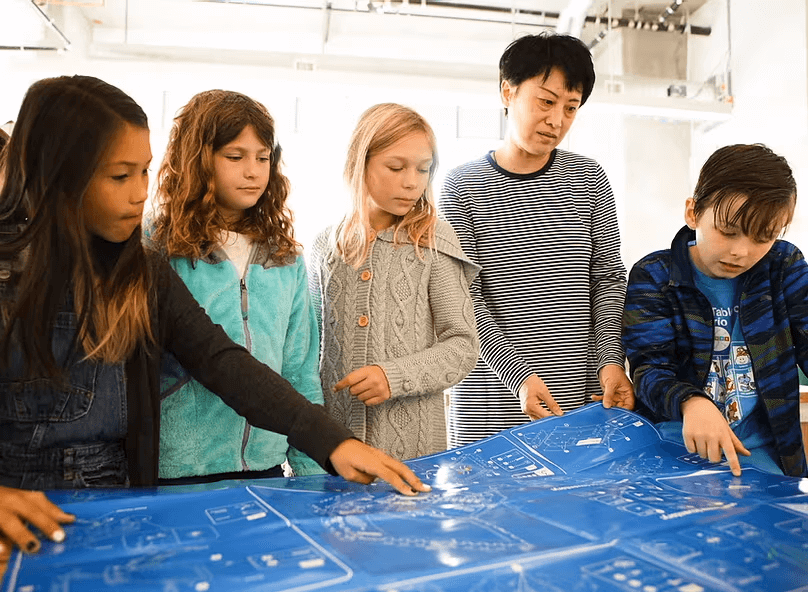
Sensors connected to the Piper Computer Kit provide students with educational hands-on experience that integrates environmental sensory data with unparalleled coding and story adventures.
The Sensor Explorer projects and lessons feature three sensors that you wire up to the Piper Computer. Students will then be guided through character-driven story narratives while using game-like StoryMode to learn how decisions impact final outcomes within three unique StoryMode world puzzles and problems. Coupled with the game experience in StoryMode, students will have fun extending their coding skills using PiperCode while collecting real-world data using the 3 sensors.
This lesson will guide students to examine the water cycle and its relationship to climate changes on earth. As an example, students will use the El Niño phenomenon, also pondering how the air quality in China may affect the air and water quality in the San Fransisco Bay Area.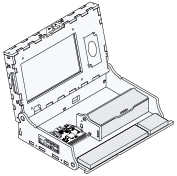 Piper Computer Kit
Piper Computer Kit
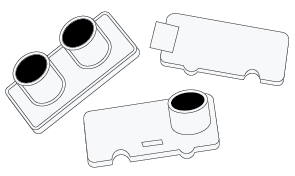 Sensor Explorer Kit
Sensor Explorer Kit
Students will explore the phenomenon of El Niño to provide a context for the lesson. Use slides 1-4 in this deck to introduce El Niño. Have students read the following blurb (or explain this to students if you prefer):
“El Niño is a phenomenon commonly associated with climate change. People around the country are affected by this phenomenon in more ways than one. Most recently, weather patterns caused by El Niño are what has been in the news. It’s a problem scientists are working to solve. As citizen scientists, we can also help solve this problem using the Engineering Design Process. First, let’s explore a central environmental process related to this phenomenon - the water cycle. Using our KWL chart, we will plan what we want to learn about the water cycle.”
Set up a blank KWL chart on the whiteboard, blackboard, or a sheet of poster paper. As a full class, fill in the chart. You can use the completed version below as a guide.
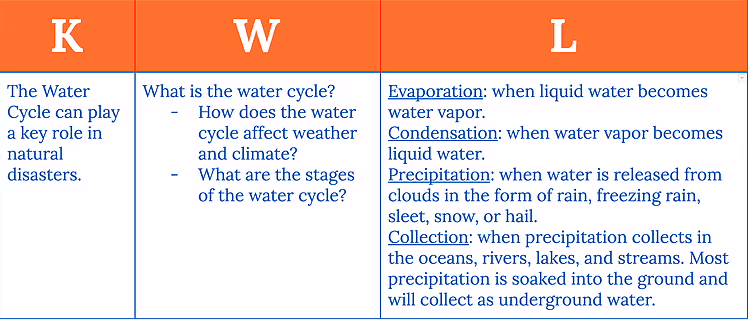
Put students in groups of 4 (if you have an odd number of students, make groups of 3 or 5 to balance) to Jigsaw the research. Each group should be assigned a stage of the water cycle: evaporation, condensation, precipitation, and collection. Every member of the group will become an expert on that particular stage.
Provide the groups with the guiding questions and criteria below. Groups should be prepared to present on their phase:
Once expert groups have finished their research and created their presentations, reorganize students into share groups with at least one member from each expert group having researched each of the phases. Each member of the share group will then present what they learned with their expert group to the share group. This will allow students to learn about each stage of the water cycle from their peers and their own research.
When students are in their share groups, students record their notes on the graphic organizer.
Draw: Create a complete diagram
After students have presented in their share groups, ask students to use the stage drawings to create a master drawing of the water cycle. Make sure they can explain what their drawing shows and why they drew each step that way. Encourage them not to look it up, but rather collaborate together to create a drawing.
Use slides 5-11 to review.
Ask students the following question: Why would the air in China affect the air/water in the Bay Area of California?
Have students read the following (or explain it to them in your own way):
“The water cycle occurs all over our planet. In the diagram (found in slide 12 of the Lesson 1 Slide Deck), we see that the air in China travels to the Bay Area through the Pacific jet stream and causes poor air quality in the US. Air pollution is reducing ground-level winds in California, and in turn, reducing the amount of evaporation from the ground, lakes, and rivers.”
(Optional): Have students read this article and write a reflection in their journals.
At the end of this lesson, have student take the Summative Assessment on the water cycle.
 Soil and Plant Scientist: Salary $65,730/yr
Soil and Plant Scientist: Salary $65,730/yr
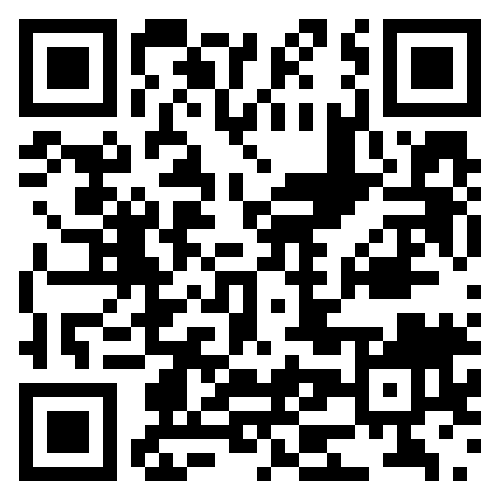 Meteorologist: Salary $92,860/yr
Meteorologist: Salary $92,860/yr
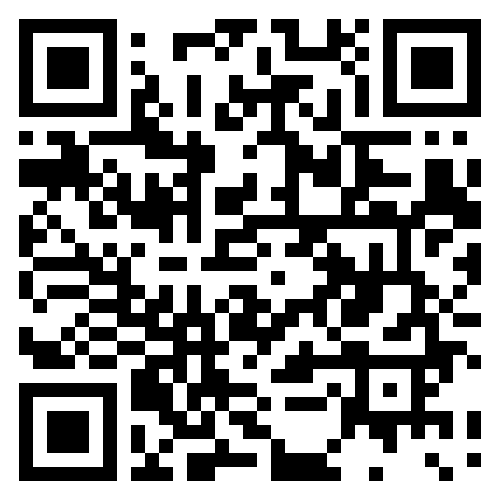 Air Conditioning Installer: Salary $57,300/yr
Air Conditioning Installer: Salary $57,300/yr
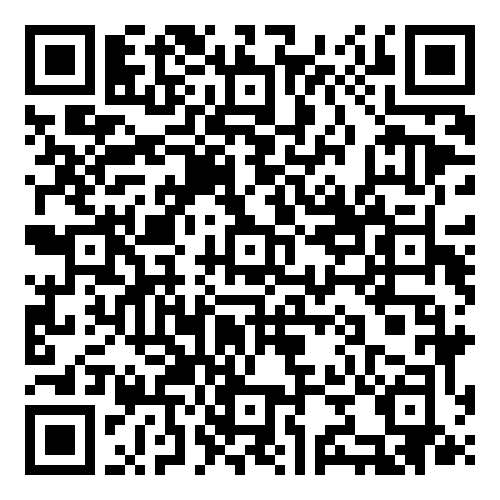 Hydrologic Technician: Salary $53,360/yr
Hydrologic Technician: Salary $53,360/yr
Water Cycle How water moves around the Earth. It evaporates into the air, forms clouds, and then falls back as rain or snow. The water then flows back into rivers and lakes, and the cycle repeats.
El Nino A weather pattern that happens when the ocean water in the Pacific Ocean gets warmer than usual. This can change the weather around the world, making it rain more in some places and cause droughts in others.
Evaporation When water turns into vapor and goes up into the air. It happens when the sun heats up water in places like lakes or puddles, making it change from a liquid to a gas.
We are excited to be aligned with the following standards.
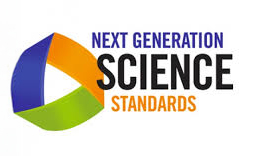
| Concept | Standard |
|
Develop a model to describe that matter is made of particles too small to be seen. |
3-5-PS1-1 |
|
Make observations and/or measurements of an object’s motion to provide evidence that a pattern can be used to predict future motion. |
3-PS2-2 |
|
Develop a model of waves to describe patterns in terms of amplitude and wavelength and that waves can cause objects to move. |
4-PS4-1 |
|
Develop a model to describe that light reflecting from objects and entering the eye allows objects to be seen. |
4-PS4-2 |
|
Generate and compare multiple solutions that use patterns to transfer information. |
4-PS4-3 |
|
Use a model to describe that animals receive different types of information through their senses, process the information in their brain, and respond to the information in different ways. |
4-LS1-2 |
|
Develop a model to describe the cycling of matter and flow of energy among living and nonliving parts of an ecosystem. |
MS-LS2-3 |
|
Develop a model that predicts and describes changes in particle motion, temperature, and state of a pure substance when thermal energy is added or removed. |
MS-PS1-4 |
|
Plan an investigation to determine the relationships among the energy transferred, the type of matter, the mass, and the change in the average kinetic energy of the particles as measured by the temperature of the sample. |
MS-PS3-4 |
|
Construct, use, and present arguments to support the claim that when the kinetic energy of an object changes, energy is transferred to or from the object. |
MS-PS3-5 |
|
Develop a model to describe that waves are reflected, absorbed, or transmitted through various materials. |
MS-PS4-2 |
|
Develop a model to describe the cycling of water through Earth's systems driven by energy from the sun and the force of gravity. |
MS-ESS2-4 |
|
Ask questions to clarify evidence of the factors that have caused the rise in global temperatures over the past century. |
MS-ESS3-5 |
|
Obtain and combine information to describe climates in different regions of the world. |
3-ESS2-2 |